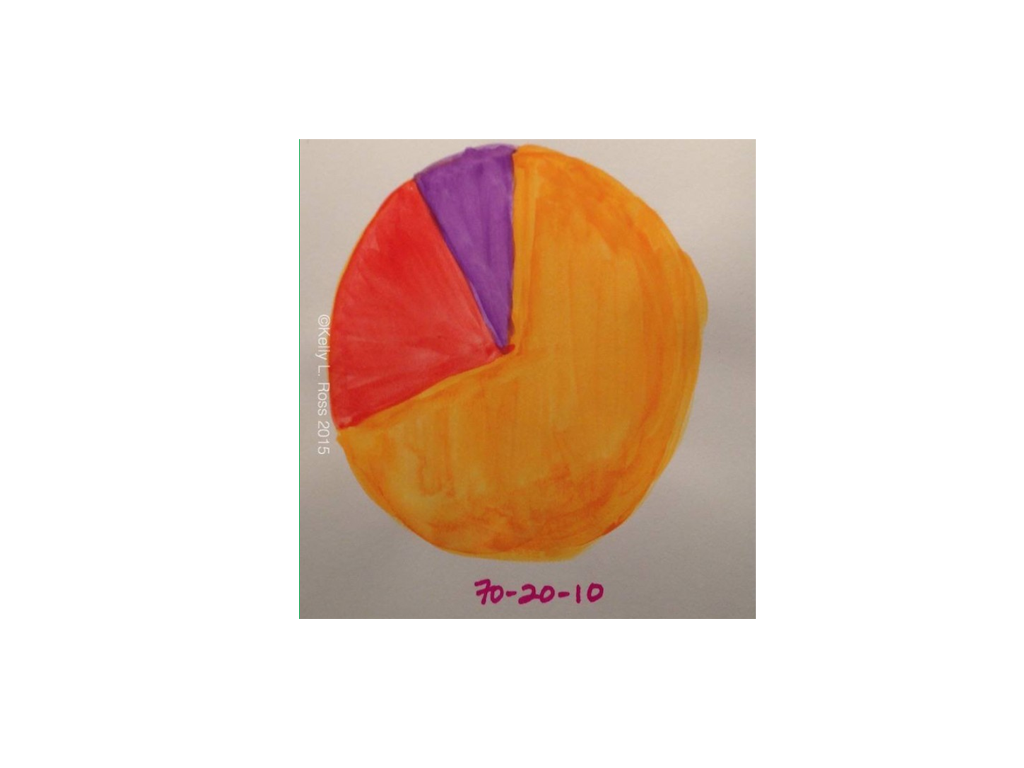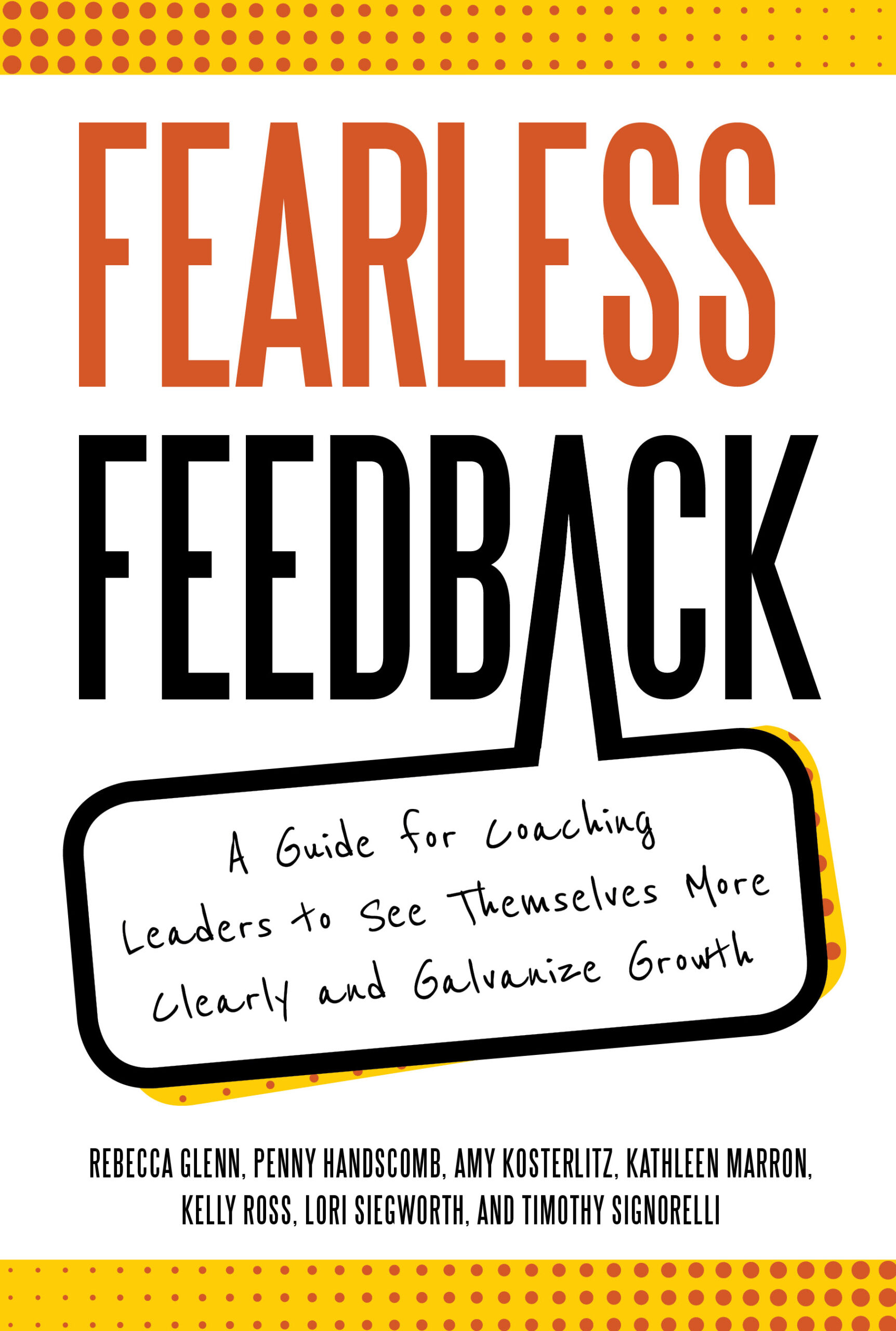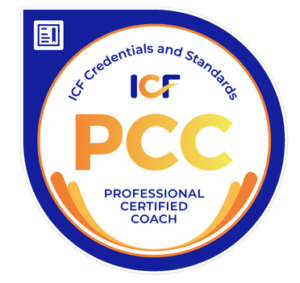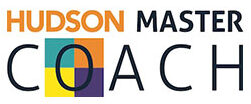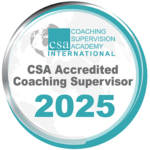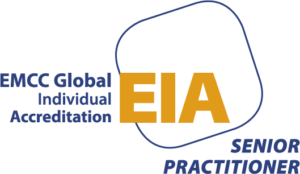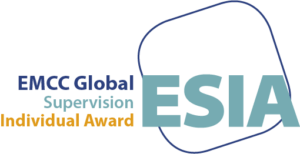In my experience, many teams and organizational leaders are not thinking enough about how to cultivate their talent or are depending too much on formal training programs. My work as a learning strategist helps teams and organizations identify the skill that needs to be built or behavior that needs to change that will lead to greater success. Change is hard and not everyone learns in the same way. As I work with organizations to customize their learning strategies, I often use the 70/20/10 framework as my foundation. In the late 1980s the Center for Creative Leadership coined this formula:
- 70% of learning and development comes from assignments, especially challenging ones, and on-the-job experience
- 20% from relationships with other professionals, including bosses, coaches, mentors
- 10% is through formal training and coursework, including online platforms.
Since the research was done more than 30 years ago, times have changed and so have the avenues to develop talent. Social media, communities of practice and informal learning open a host of options to expand learning today. In 2011 the Center for Creative Leadership expanded their research to look at what was the best way to develop the “70” exploring whether experiences varied in different parts of the world. See Grooming Top Leaders. Across all locations studied, the findings show that leaders need to invest in three areas:
- Manage Direct Reports – Pay attention, actively coach and develop, and remember that people still leave bosses more often than organizations
- Become Self-aware – Most of us will benefit from making more time to reflect and slowing down to think about the whole picture and our part in the situation
- Execute Effectively – Remember a great idea is only as good as our ability to communicate and execute on it, so don’t lose sight of completing what you set out to accomplish.
When I think about learning strategies I’ve worked on with leaders and teams, a few things come to mind which you can start doing right away:
- Discuss this year’s performance goals and have at least one conversation with each of your direct reports about professional aspirations looking five to ten years out. Be open and help strategize if the aspiration doesn’t align with your team or organization.
- Have a conversation with your boss or a mentor about your own professional aspirations and make a plan to work towards them. You might like Miracle Morning to start making
daily progress. - With the team you lead or on your own, step back and track professional successes and challenges for the first half of 2015. What patterns do you see? If you have not already, start tracking upcoming work and how you will execute. Follow up and get clear on next steps from conversations that may have ended without clarity; ensure execution isn’t falling down because everyone is not on the same page.
- If you are leading a team or directing the learning strategy for your team or organization, map your learning options today to the 70/20/10 framework – get clear about what is currently offered. Many organizations are narrowly defining learning as formal training, the “10”. Most organizations have a lot of “70” and “20” activities and interactions happening that aren’t being considered as part of the learning offering. Decide which skills or behaviors you need to focus on and consider a 70/20/10 split as you build the learning solutions to support the changes.
Resources:
